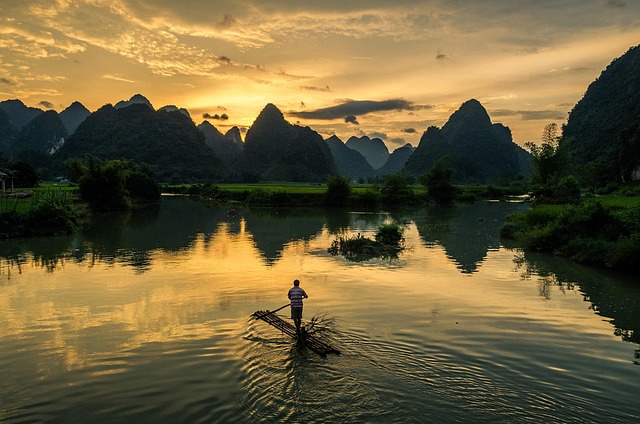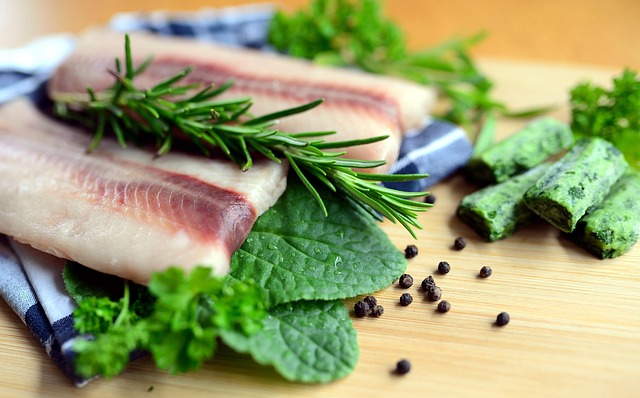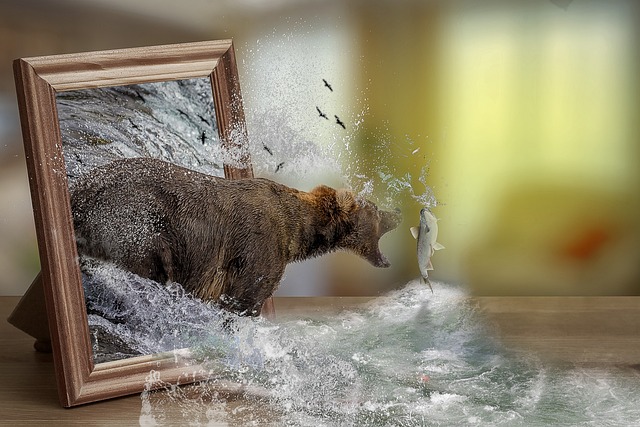Lane County, Oregon, boasts a rich history of sustainable salmon fishing rooted in Native American traditions. With multiple rivers like the McKenzie and Santiam offering diverse landscapes and abundant fish, it's a global destination for anglers. The best times to visit are spring-early summer and fall due to optimal water temperatures. Local communities prioritize conservation through habitat protection and education, ensuring future generations can enjoy these spots. Successful fishing involves understanding local hot spots, seasonal changes, and techniques like drift or fly-fishing.
“Explore the rich heritage and vibrant community surrounding Lane County salmon fishing, where generations have found solace and sustenance. This article delves into the historical significance of salmon in local culture, highlighting popular fishing spots along the county’s rivers and streams. We’ll guide you through seasonal variations, offering insights on the best times to cast your line. Additionally, we explore community efforts in conservation and provide top tips for a memorable, successful Lane County salmon fishing trip.”
- A Historical Look at Salmon Fishing in Lane County
- Popular Lane County Rivers and Streams for Salmon Fishing
- Seasonal Variations: When is the Best Time to Fish?
- The Role of Local Communities and Conservation Efforts
- Top Tips and Techniques for a Successful Salmon Fishing Trip
A Historical Look at Salmon Fishing in Lane County
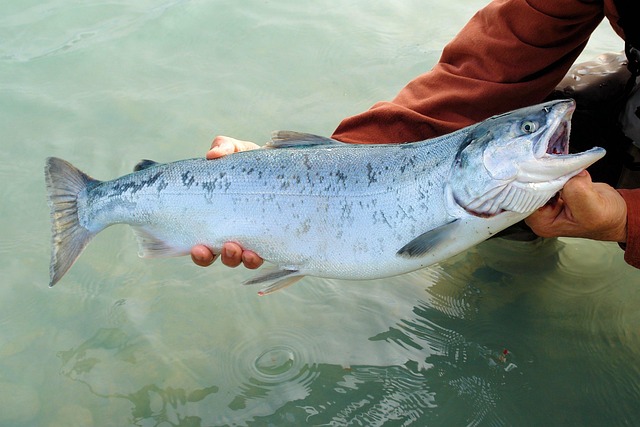
Salmon fishing has been a vital part of Lane County’s history and culture for centuries. Historically, Native American tribes like the Siuslaw and Yaquina have relied on the rich salmon runs in the area for sustenance and trade. These indigenous peoples developed sophisticated fishing techniques and built fish weirs along the coast and rivers, showcasing their deep connection to the ocean’s resources.
In the late 19th century, European settlers arrived, further impacting and shaping the local fishing industry. They introduced new technologies and commercial fishing practices, leading to a boom in Lane County’s salmon fishing economy. The county became renowned for its abundant salmon populations, attracting fishermen from across the region. Today, while the scale of commercial fishing has changed, the tradition persists, with many local communities still celebrating and preserving their heritage through guided tours and educational programs at various Lane County salmon fishing spots.
Popular Lane County Rivers and Streams for Salmon Fishing
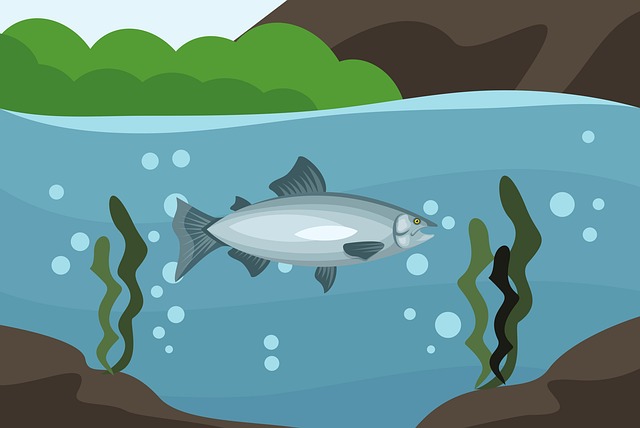
Lane County is a haven for salmon fishing enthusiasts, boasting several rivers and streams that attract anglers from far and wide. The McKenzie River, renowned for its robust fish population, offers a diverse range of fishing experiences, from calm pools to rapid rapids. Its clear waters provide an ideal environment for both resident and anadromous salmon runs, making it a top choice among local and visiting fishermen.
Another popular spot is the Santiam River, known for its consistent salmon catches throughout the year. The river’s winding course through scenic landscapes creates numerous points for casting lines and enjoying the tranquil beauty of the area. Whether you’re after Chinook, Coho, or Steelhead salmon, these Lane County salmon fishing spots offer a rich and rewarding experience for all skill levels.
Seasonal Variations: When is the Best Time to Fish?
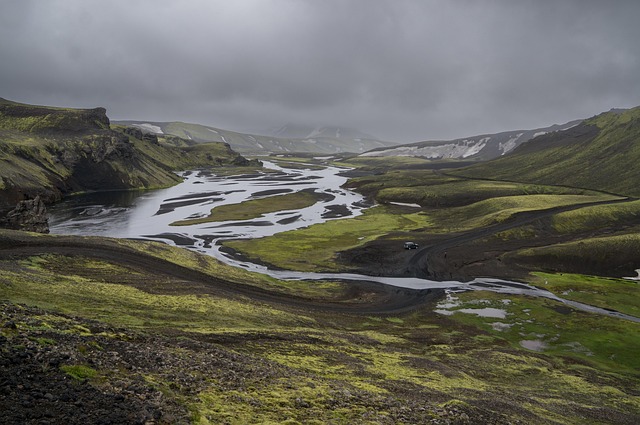
The best time for salmon fishing in Lane County varies depending on the season, as these fish are more active during certain periods. Spring and early summer (April-June) are prime times when the water temperature starts to rise, and salmon run upstream to spawn. This period attracts anglers looking for exciting catches, with popular spots like the Willamette River and its tributaries offering excellent opportunities.
As we move into fall (September-October), the fishing scene changes again. The cooler temperatures make the salmon more active and aggressive, providing another prime season for local fishers. Winter months can be less consistent but still hold promising moments when river conditions allow. Lane County’s diverse landscape offers a range of fishing spots, catering to both seasoned anglers and beginners.
The Role of Local Communities and Conservation Efforts

In Lane County, the local communities play a pivotal role in preserving and promoting sustainable salmon fishing practices. These tight-knit groups are at the forefront of conservation efforts, ensuring that the precious salmon populations thrive in their renowned fishing spots like the Willamette River and its tributaries. Their active involvement includes implementing strict regulations to protect habitats, organizing community cleanups along riverbanks, and educating both residents and visitors about responsible fishing techniques.
These community-driven initiatives have significantly contributed to the long-term health of Lane County’s salmon runs. By fostering a deep connection with their natural surroundings, local residents have become passionate advocates for conservation. Their collective actions not only safeguard the ecological balance but also ensure that future generations can continue to enjoy and appreciate these iconic Lane County salmon fishing spots.
Top Tips and Techniques for a Successful Salmon Fishing Trip
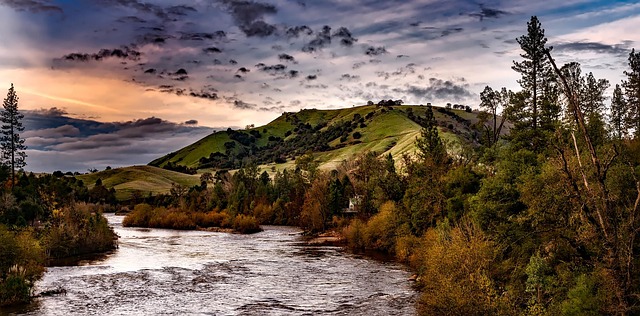
When heading out on a Lane County salmon fishing trip, preparation is key to a successful and enjoyable experience. First, familiarize yourself with the local Lane County salmon fishing spots. Knowledgeable anglers often scout areas known for abundant salmon runs, such as the Willamette River or its tributaries, during specific seasons. These spots can significantly boost your chances of catching these prized fish.
Next, consider the time of year and water conditions. Salmon behavior changes with temperature, so timing is crucial. Use local fishing reports and talk to experienced fishermen in the community for insights on the best periods to visit. Additionally, understand various salmon species’ habits; some prefer shallow waters near rip currents, while others dwell in deeper pools. Employ techniques like drift fishing with spin lures or fly-fishing with dry flies depending on where you’re casting your line. Remember, patience and practice are vital; observe other anglers’ methods, learn from their successes, and adapt your strategies accordingly.
